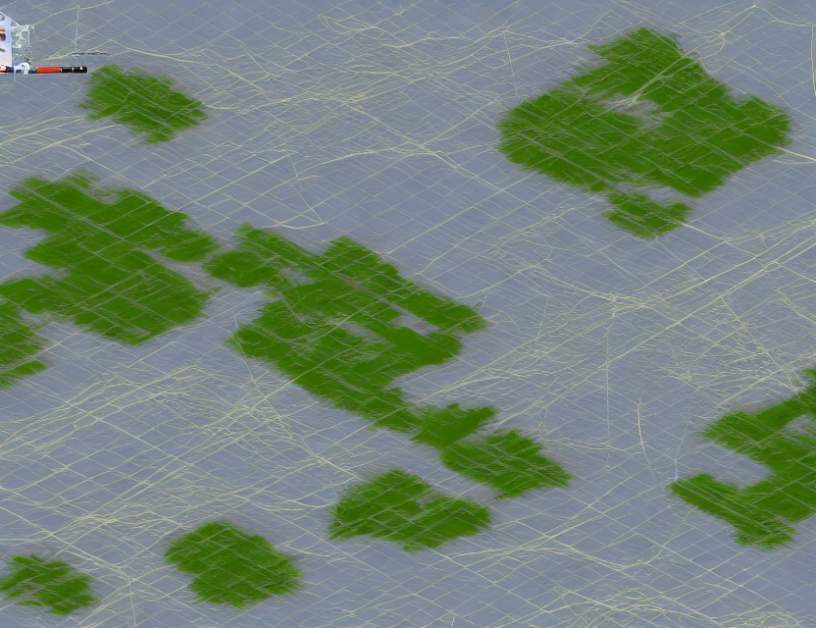What are Dual Quaternions?
Dual quaternions are an extension of the classical quaternion algebra, which consists of four elements: a, b, c, and d. These elements are combined using multiplication and division, similar to real numbers, but with some key differences. The most significant difference is that dual quaternions have two additional dimensions, which allow for more flexible and efficient mathematical operations.
Imagining Dual Quaternions as Gears
To better understand the structure of dual quaternions, imagine a gearbox with multiple interconnected gears. Each gear represents an element of the quaternion algebra (a, b, c, or d), and the way they interact with each other is governed by specific rules. By adjusting the position and orientation of these gears, you can change the speed and direction of the machine. Similarly, dual quaternions manipulate the spatial rotation and scaling of objects in a more efficient and flexible manner than traditional quaternions.
The Three Properties of Dual Quaternions
Dual quaternions have three distinct properties that make them useful in various applications:
- Spatial Rotation: Dual quaternions can represent 3D rotations more efficiently than traditional quaternions, making them ideal for computer graphics and robotics.
- Scaling: Dual quaternions can perform spatial scaling operations with fewer calculations than other methods, which is advantageous in applications such as computer vision and machine learning.
- Composition: Dual quaternions can be composed together to create more complex rotations and scalings, allowing for greater flexibility in mathematical operations.
How to Work with Dual Quaternions
Now that we have a basic understanding of dual quaternions, let’s explore how they can be used in practical applications:
- Mathematical Operations: Dual quaternions can be added, multiplied, and divided just like real numbers, but with some important differences. For example, the multiplication of two dual quaternions is not commutative (i.e., order matters), which can affect the result of certain calculations.
- Geometric Algebra: Dual quaternions are part of a larger mathematical structure called geometric algebra (GA), which combines vectors, scalars, and multivectors in a single algebraic framework. GA provides a unified approach to mathematics, physics, and engineering, allowing for more efficient problem-solving and greater insight into complex systems.
- Computer Graphics: Dual quaternions are widely used in computer graphics for tasks such as rotations, scaling, and animations. They can also be used to represent 3D models and perform transformations on them using fewer calculations than traditional methods.
Conclusion
In conclusion, dual quaternions are a powerful mathematical tool with a wide range of applications in computer graphics, robotics, control systems, and more. By understanding their properties and how they can be used in practical situations, we can harness their potential to solve complex problems more efficiently and accurately. While the concepts may seem daunting at first, demystifying them through everyday language and engaging metaphors can make them more accessible and easier to comprehend.



